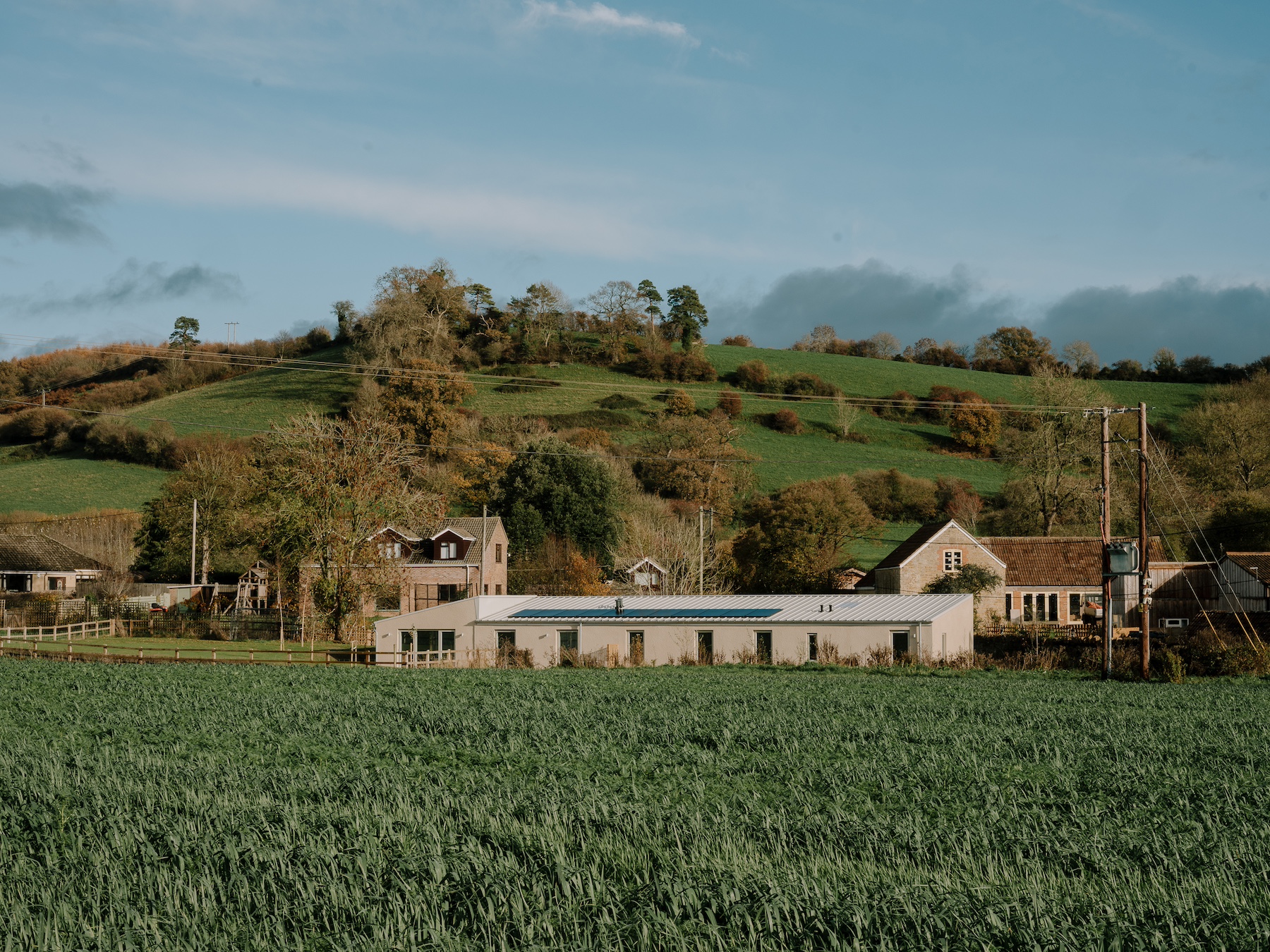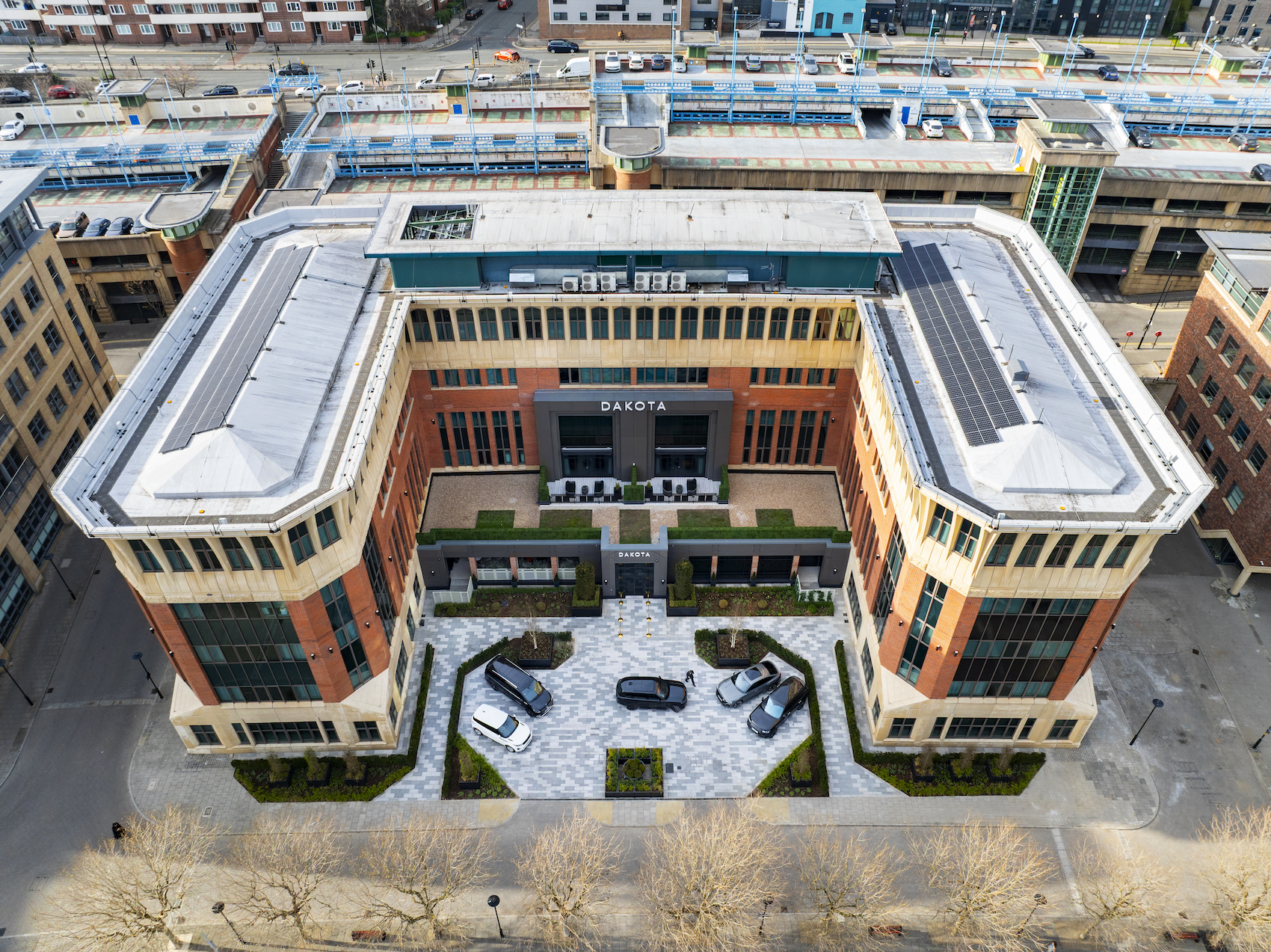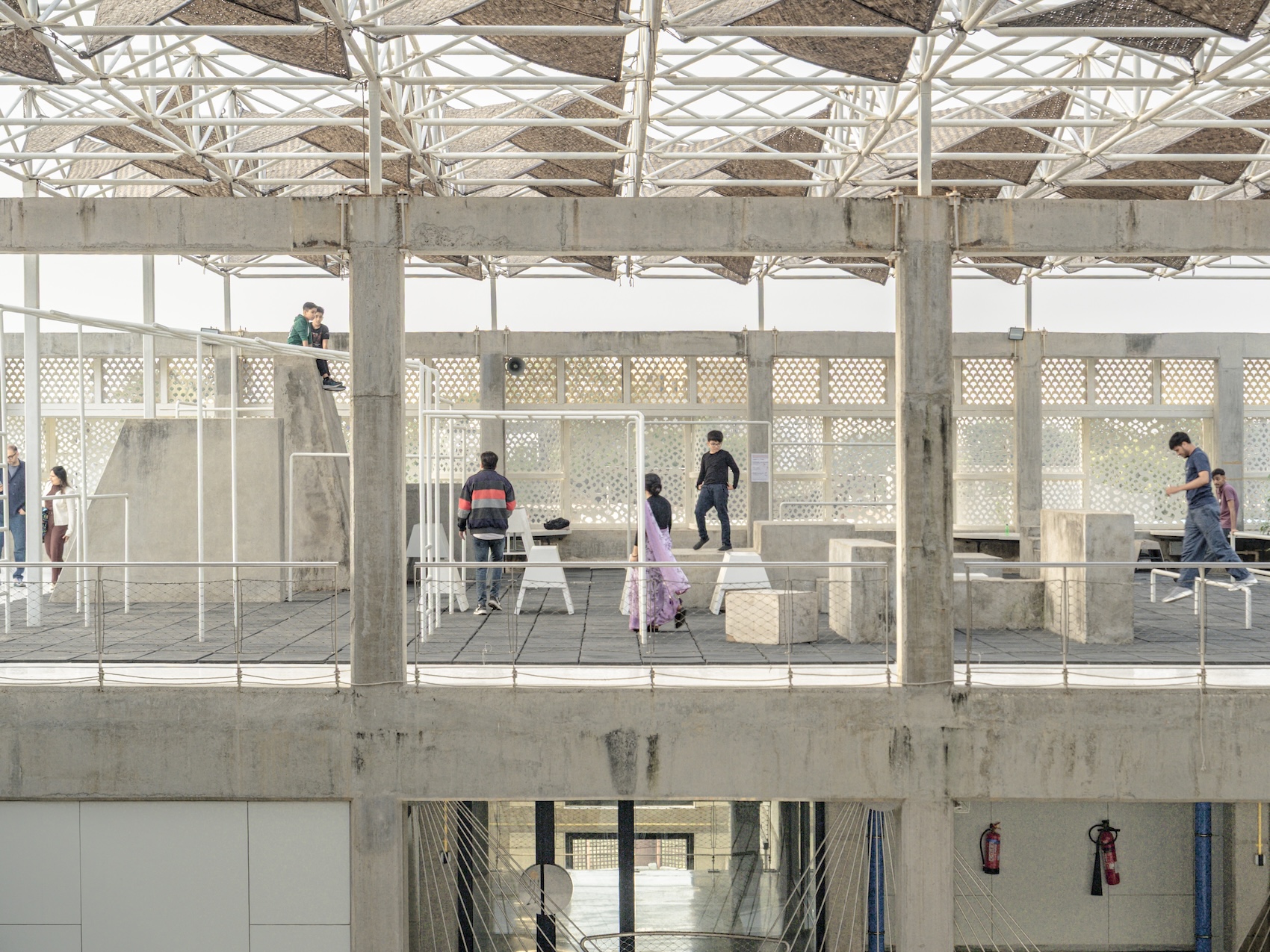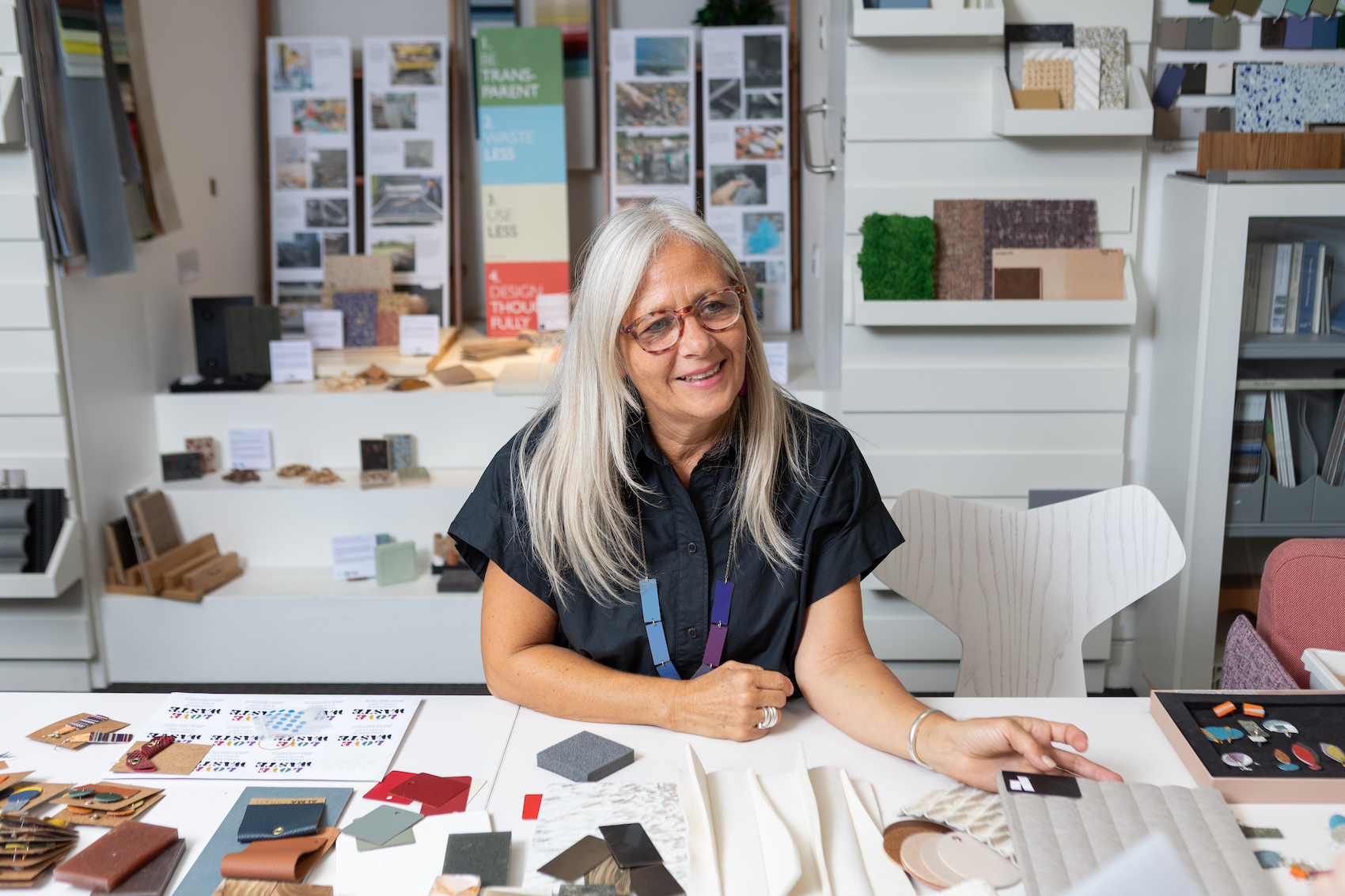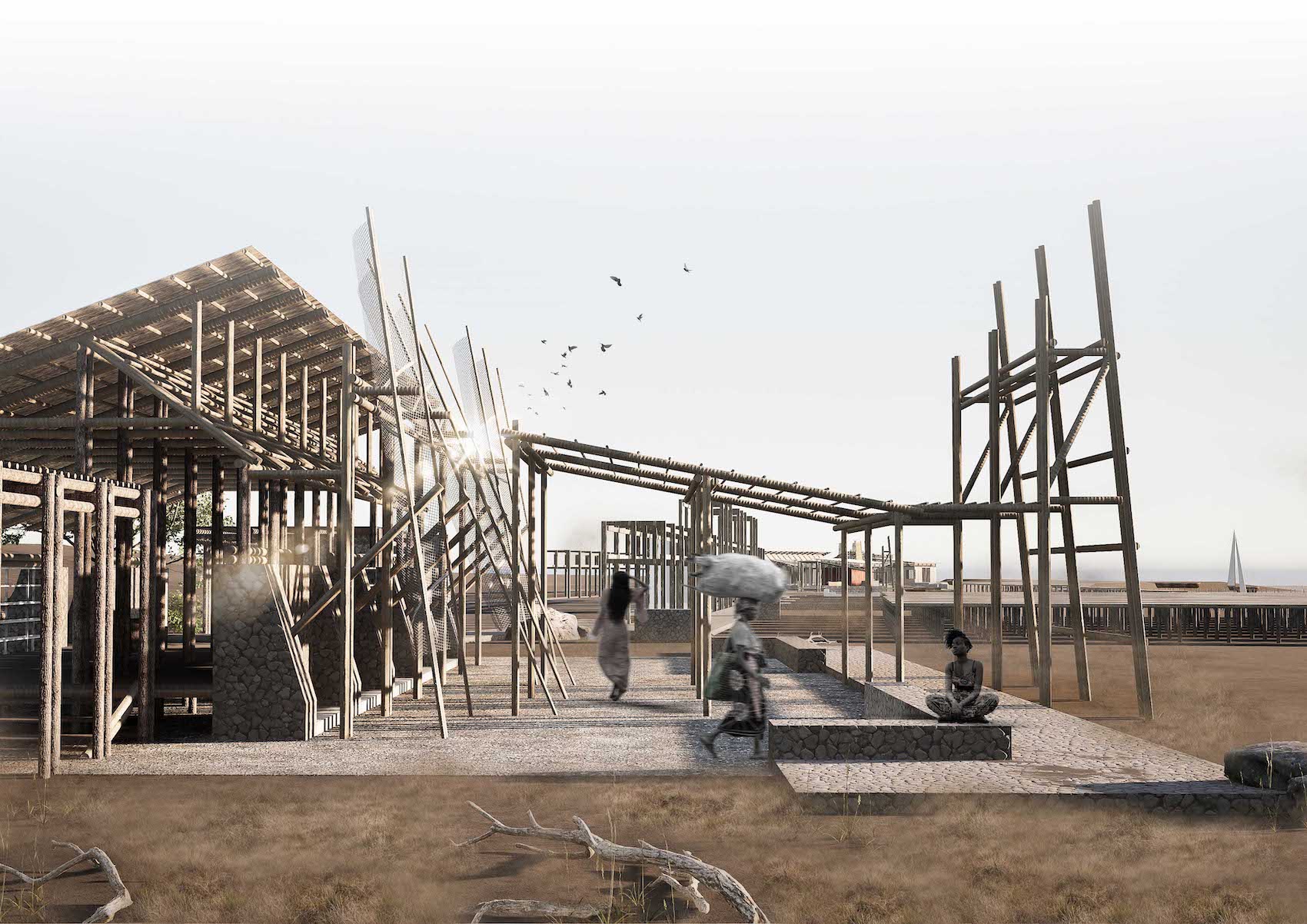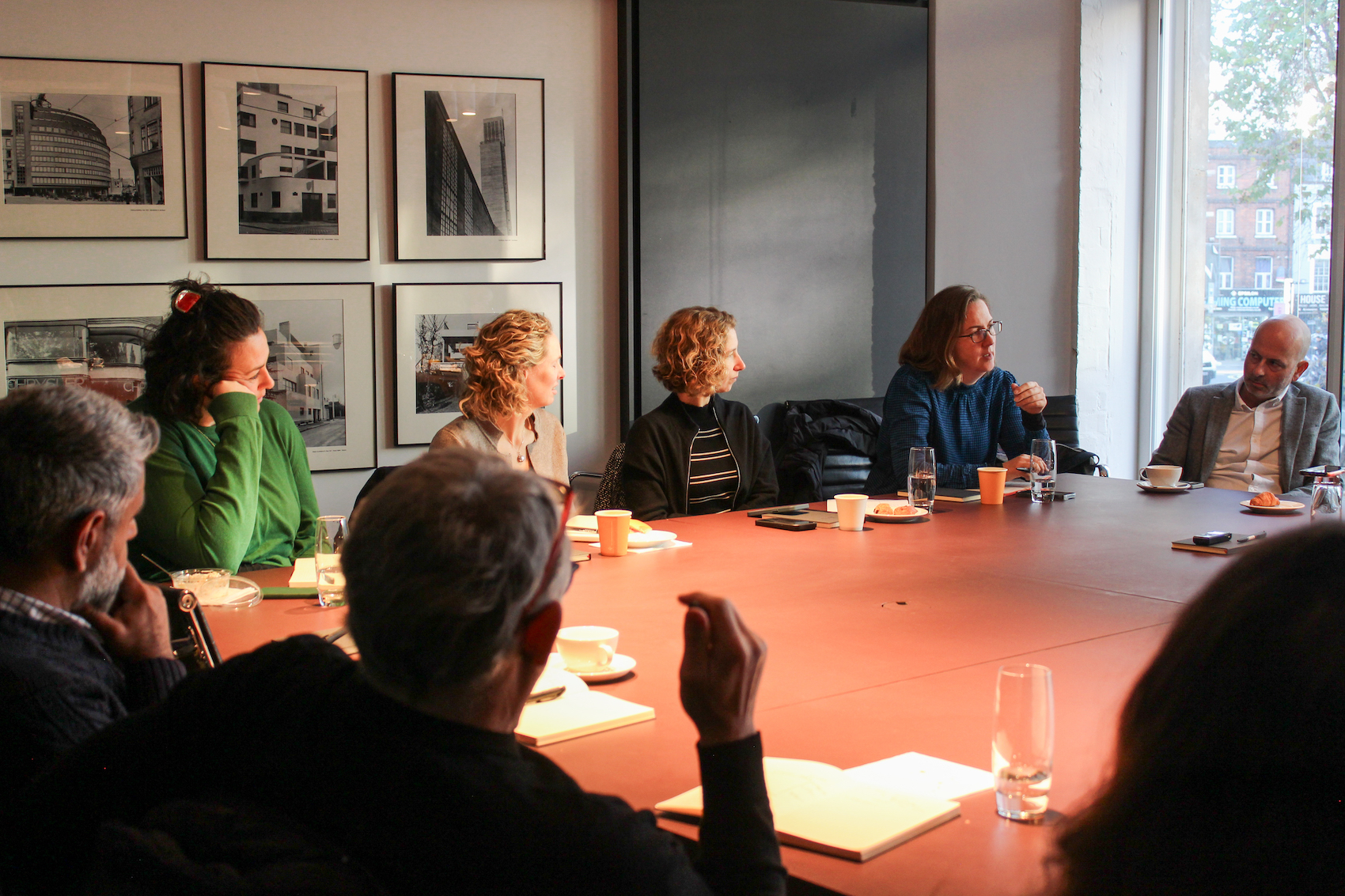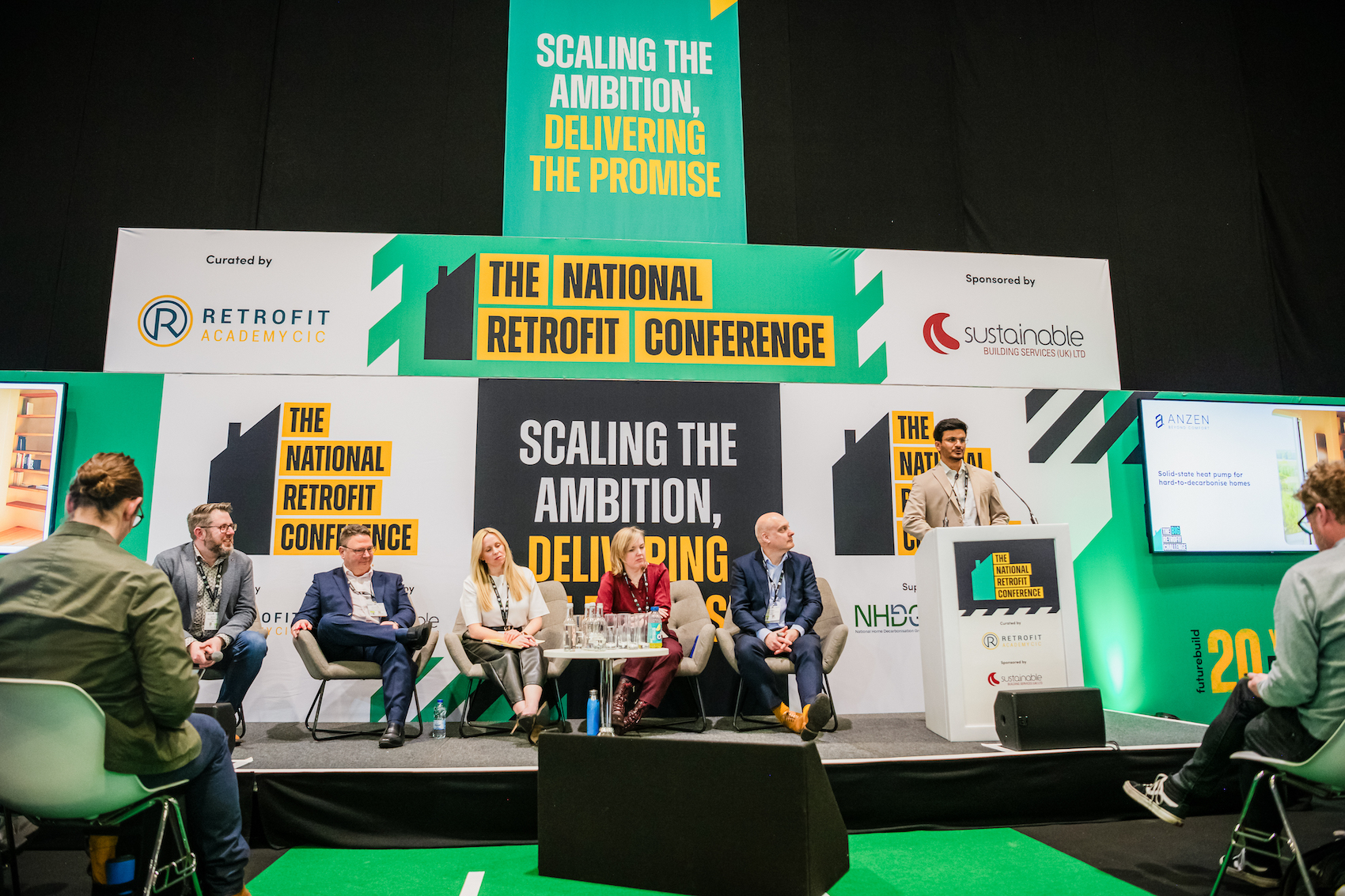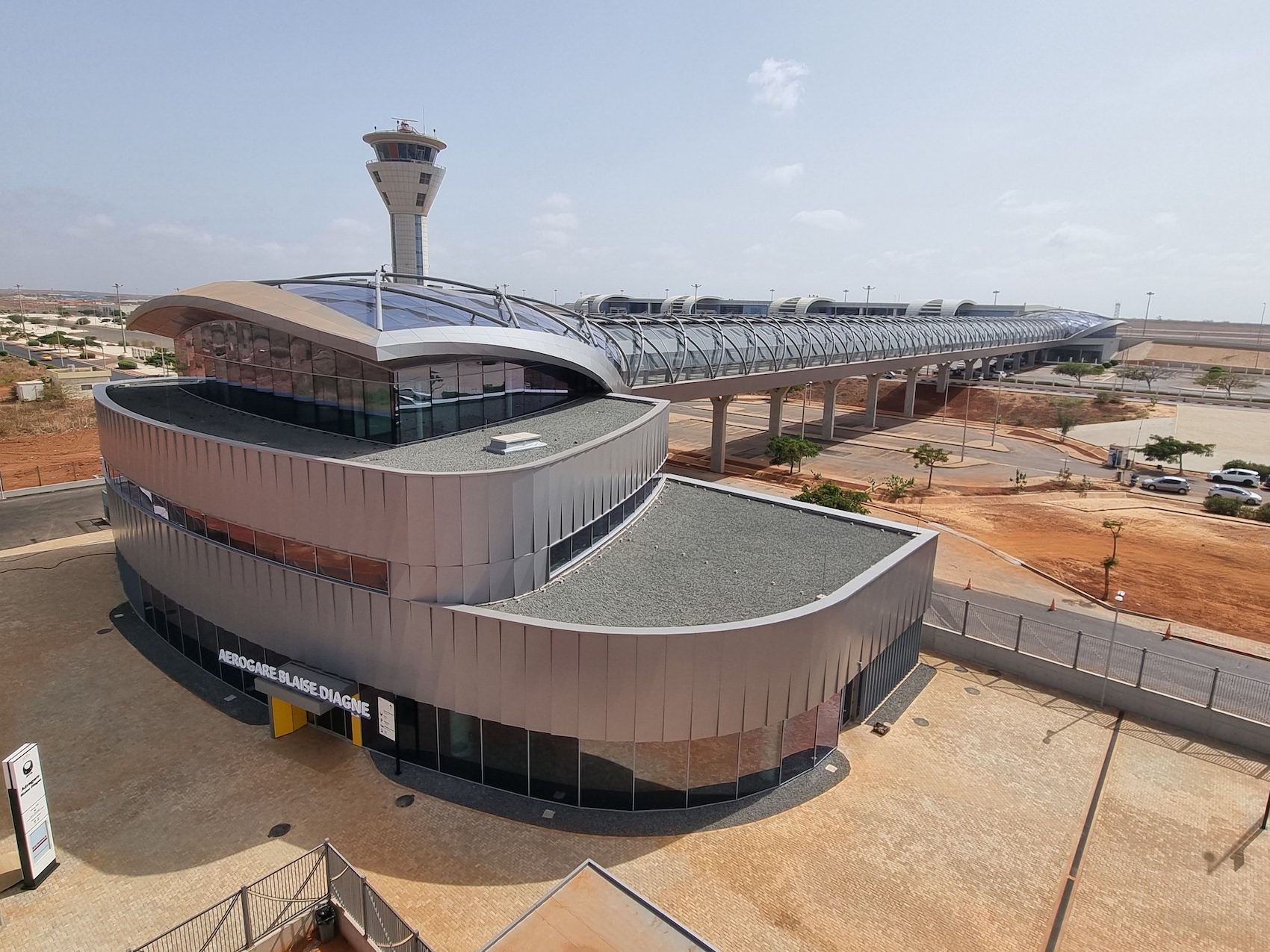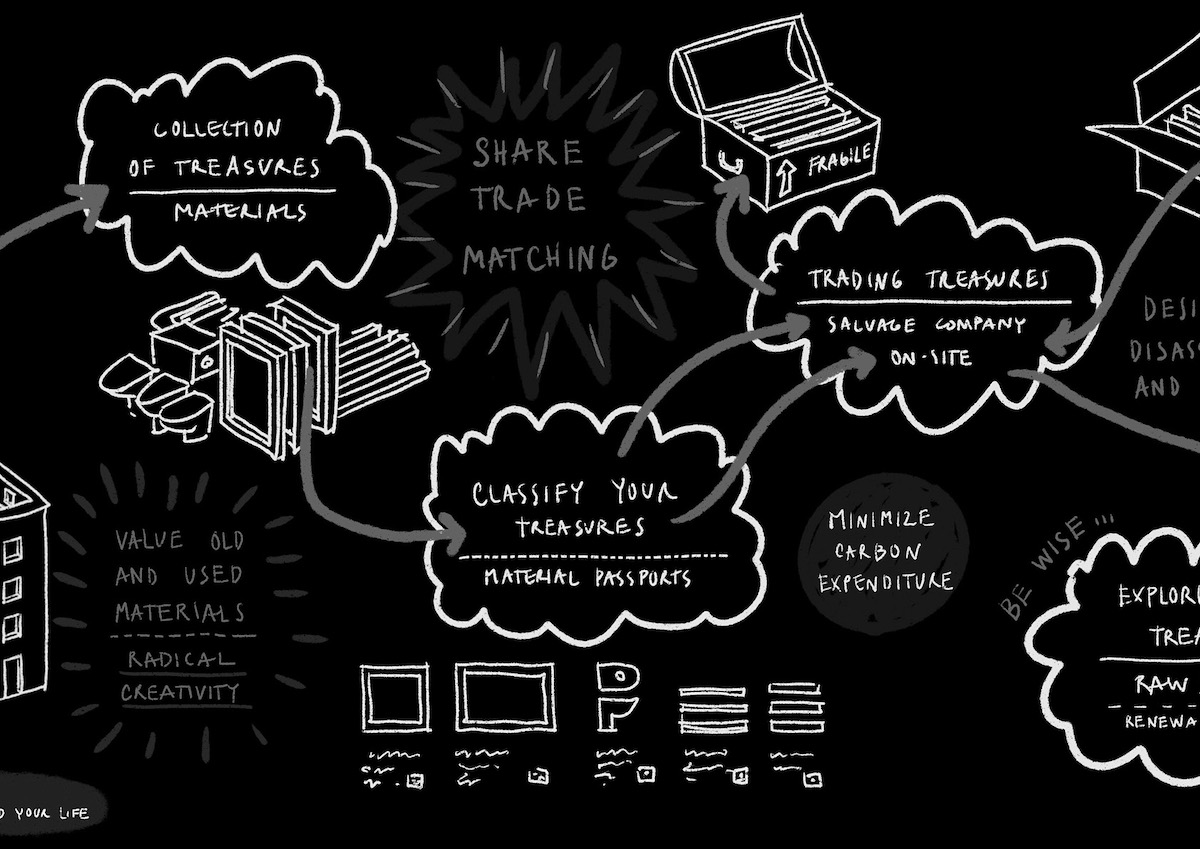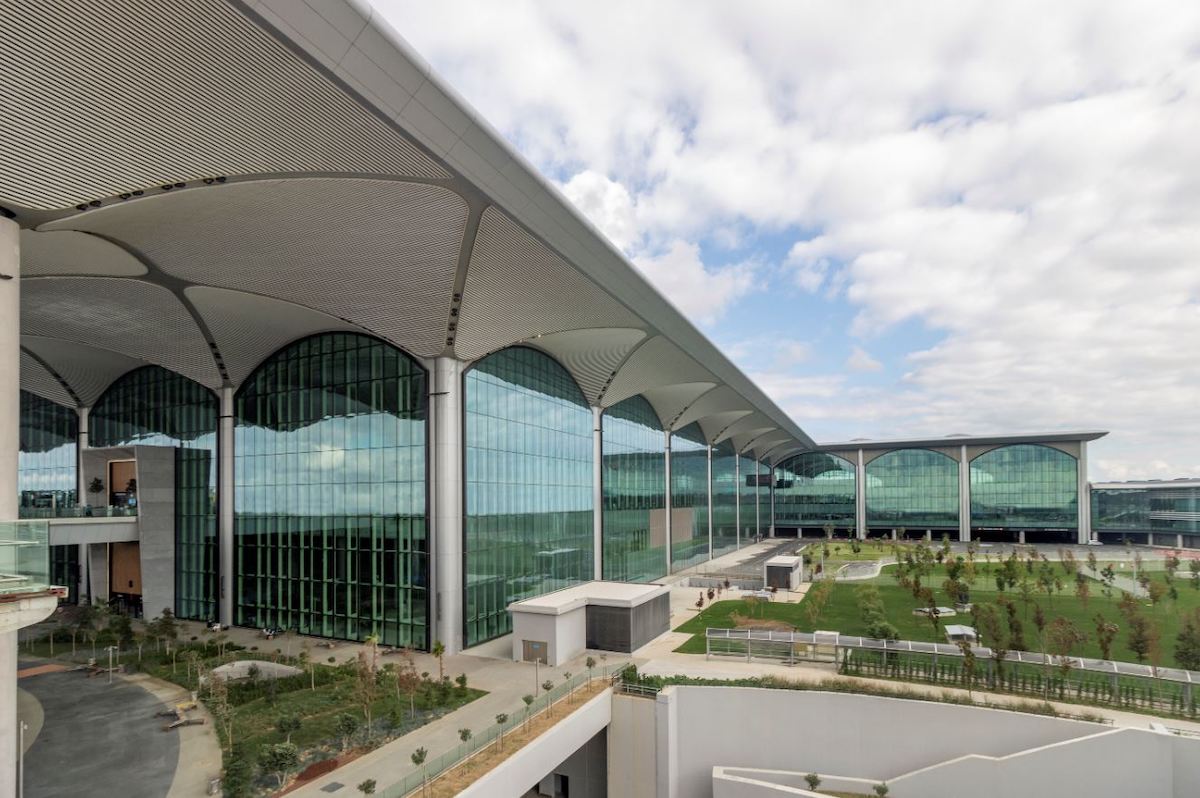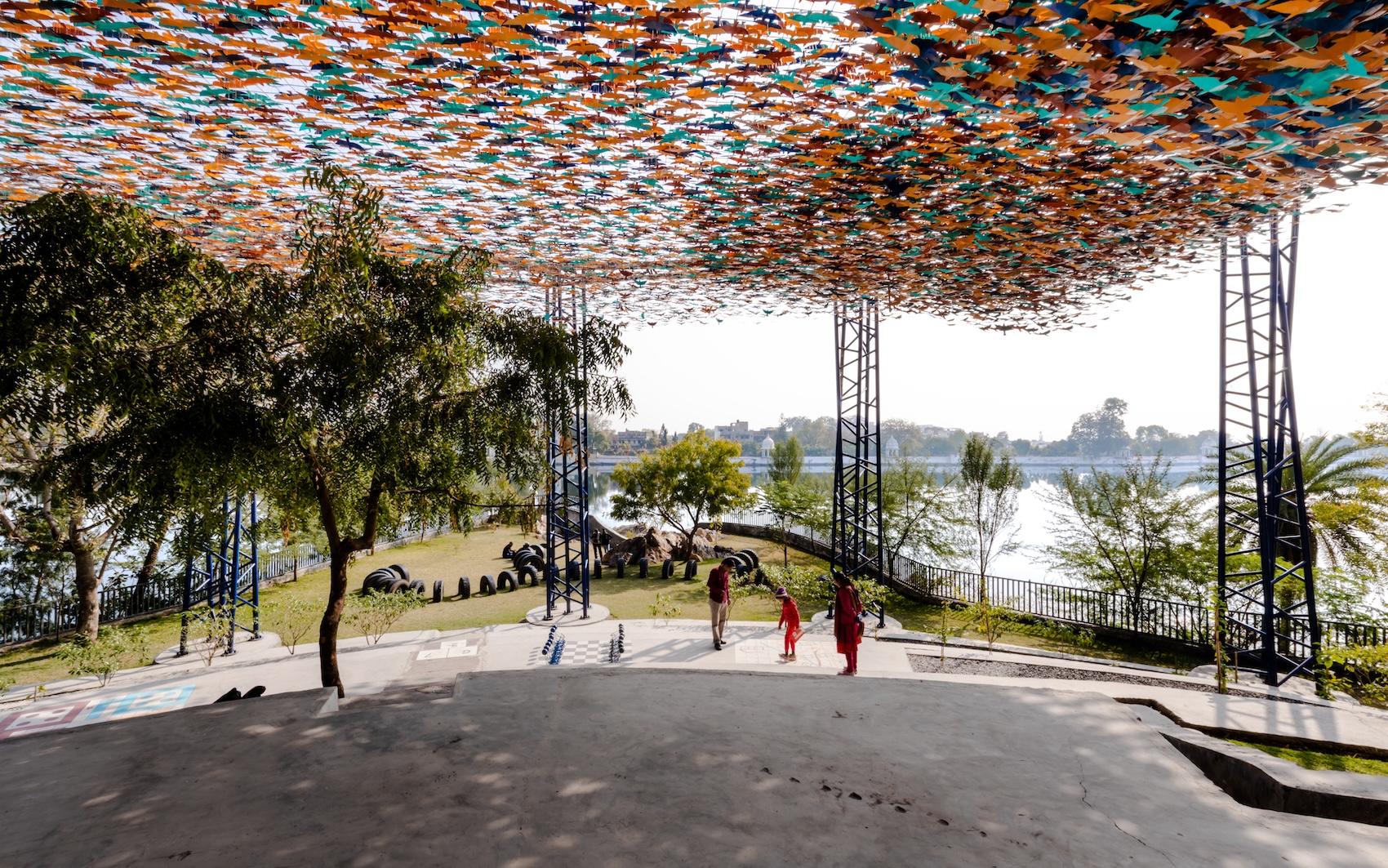Director of Exploration Architecture Michael Pawlyn talks to AT about the vision behind ‘Biorock Pavilion’ — developed with Adam Holloway Architects, Arup and Charcoal Blue and exhibited at this year’s Venice Biennale.
What has the atmosphere been like leading up to the opening?
The Biennale has been amazing, as always! Yes, there’s always an element of last-minuteness, but this time, things were reasonably straightforward—mainly hanging banners and a few finishing touches. Nothing too complicated. My partner and I travelled here entirely by train—starting at 4am last Tuesday with a stopover in Verona before arriving in Venice. We’ve also had a chance to visit Trieste over the weekend, and managed to visit an incredible brutalist church there.
Your exhibition ‘Biorock Pavilion’ looks incredible. Can you tell us what you’re displaying?
Thank you! Yes, the project is about exploring alternative methods of constructing architecture—specifically by growing materials from seawater. The method we’re showcasing uses mineral accretion, where a steel frame submerged in seawater is charged with a low-voltage current. This process causes calcium carbonate and magnesium hydroxide to build up on the surface, forming a solid structure over 12 to 18 months. One vision is to grow an underwater auditorium. Once fully grown, the structure would be floated to the surface, mounted on a barge, and exhibited in a venue or even the Biennale itself.
What inspired the form of the structure?
We started with a simple concept: a circular stage and raked seating. From there, we used computational design, particularly inspired by seashells, to manipulate the form into a strong, curved enclosure that uses minimal material. It turned out beautifully. Adam Holloway, a computational designer and former colleague, led the design work.
Have you been able to grow any prototypes yet?
Yes. Our team grew a two-meter-long lattice strut in Qatar for the Sahara Prize project. There’s also a 40cm scale prototype on display in Dubai. For Venice, we grew a folded surface section using the same electro-deposition process.
How resilient is this material? Could it be used for permanent structures?
That’s still being evaluated. For permanent applications, we’d likely need to add waterproofing, insulation, and protective finishes—just as with timber structures. The next steps include chemical, structural, and durability testing to better understand its performance and energy footprint.
Biorock Pavilion prototype: Adam Holloway
Are other teams at the Biennale exploring biomimicry or similar themes?
Yes, there’s quite a bit of nature-inspired work, particularly in the Natural Intelligence section. One standout is the Irish Pavilion, which ties in closely with themes I’ve been working on through the Hard Art collective—like citizens’ assemblies and participatory democracy. Their design provides a beautiful architectural setting for democratic gatherings. In our room, Maria Paz Gutierrez has a great piece made from mussel shells and alginate, resembling terrazzo. Next to her is a poetic 3D-printed filigree structure made from ash left by California wildfires. It’s all very inspiring.
We’ve heard you’re also working on a third edition of your book. How’s that going?
Really well. I’ve completely rewritten it to reflect how much my thinking has evolved, especially around biomimicry. The new edition makes a more transformative case—starting with how understanding living systems should shape how we build. I emphasise using elements nature uses—carbon, hydrogen, oxygen, nitrogen—because 96% of living matter is made from just those four.
With the deadline for the Regenerative Architecture Index coming up, how does it feel looking back on its inaugural year?
It’s been a real joy. The community is full of passionate, forward-thinking people. It’s exciting to share the concept with newcomers—most agree it’s something that obviously needs to exist. It’s gaining momentum and attracting fresh, enthusiastic voices.






